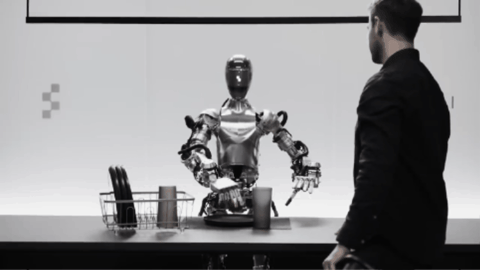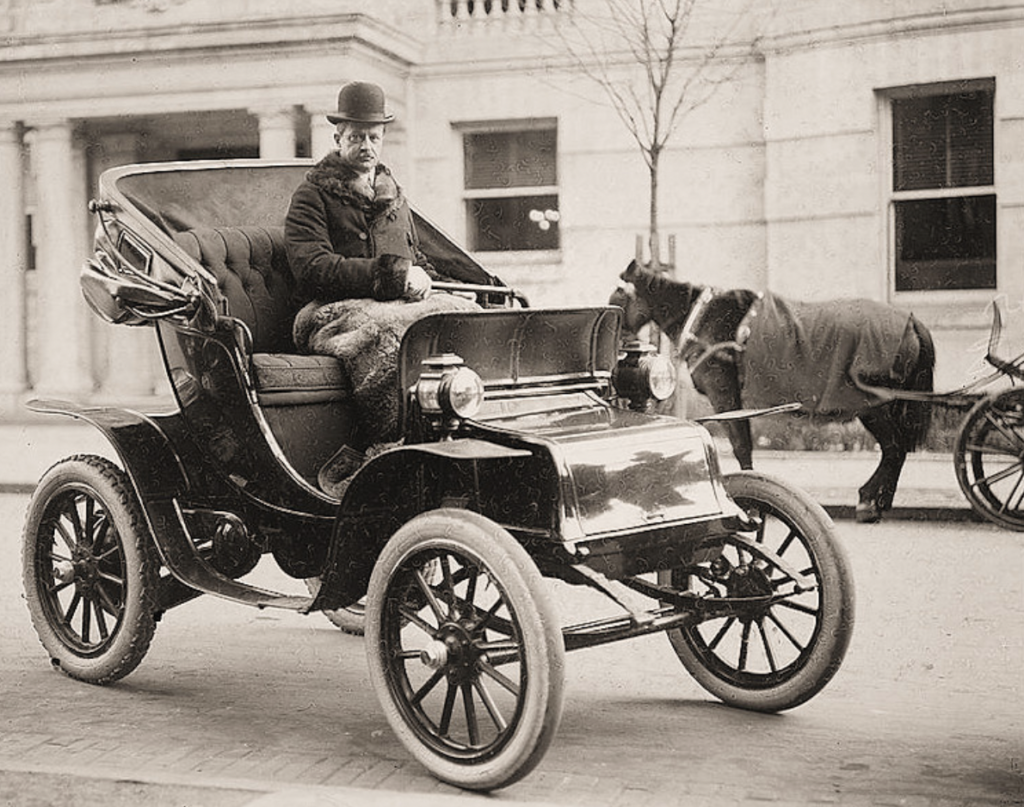I’m back – expect to hear from my every Friday. You’ll also notice I’ve changed email platforms.

When we overlap disparate technologies, magic can happen.
For the past 24 months, all the hype has been around Large Language Models—and for good reason—they are simply astounding. But they represent a new possibility to take AI beyond the screen—to make humanoid robots a reality.
This will become possible because there are dramatic advancements being made in two fields simultaneously:
(1) Artificial Intelligence (in the natural language and visual realm)
(2) Robots (with new human-like movement—dexterity)
When these two technologies get integrated, everything changes. We’ve seen this before with an everyday technology we take for granted – The automobile.
The automobile was the marriage of two previously disparate technologies: mechanical engineering and artificial power (the internal combustion engine). We simply removed the horse and added a motor. The first cars looked very much like a horse and carriage as shown below.

We are again seeing this pattern: combining two previously aligned, yet separate technologies.
Up until very recently, humanoid robots, which are driven by actuators, mostly had pre-programmed capabilities. Yes, we’ve all seen these robots do amazing things—the most famous being those from Boston Dynamics performing parkour. But none of these robots could learn from or interpret the world around them. They could not take instructions, they could not understand natural human language, they could not converse, and they could not perform ad hoc tasks. All that just changed.
While there are quite a few robotics companies making terrific advancements, I am most impressed by Figure Robots in collaboration with OpenAI (the creators of ChatGPT).
By integrating a Large Language Model into the robot, the Figure 1 (below) can listen, interact, communicate, and perform tasks as directed. It can even intuit what you mean with limited information. It means that it can perform something in real time, learn, and be taught through human-to-robot interactions, just like we would with other people. Watching the video below will make its future capabilities clear.
We’ll have these types of robots in our houses within the decade. Jenson Huang – the CEO of Nvidia – (maker AI chips) said this week he expects such robots (but better) to cost as little as $10,000 to $20,000.
Humanoid robots will become as common as cars.
Best we start imagining how we’ll work with and train them.
Keep Thinking,
Steve.